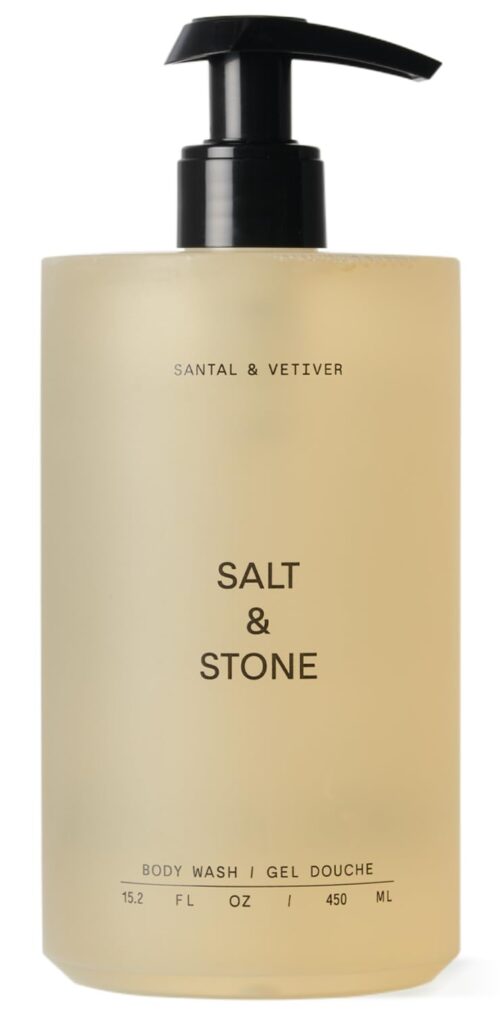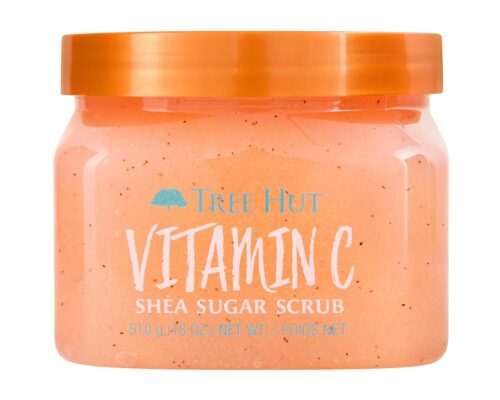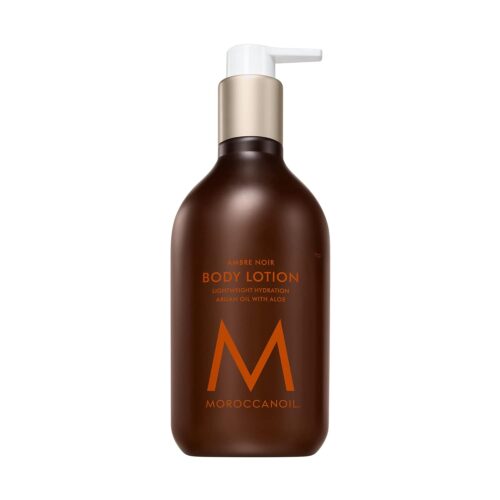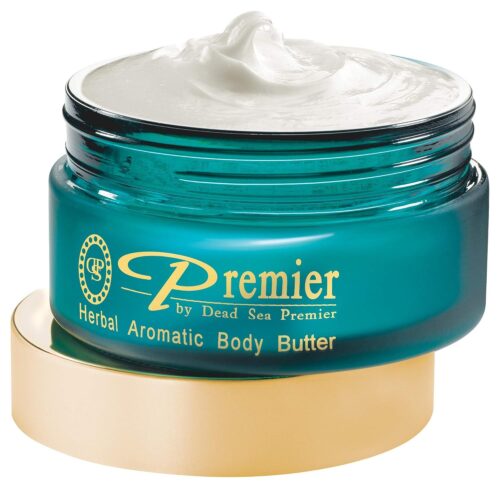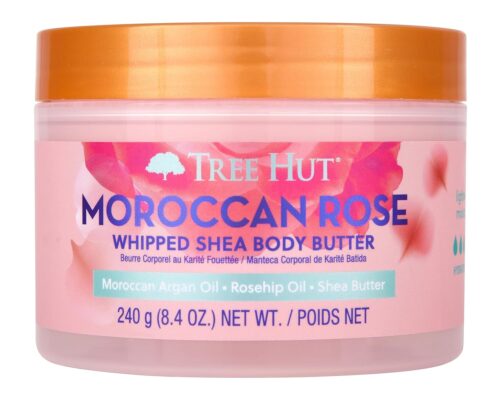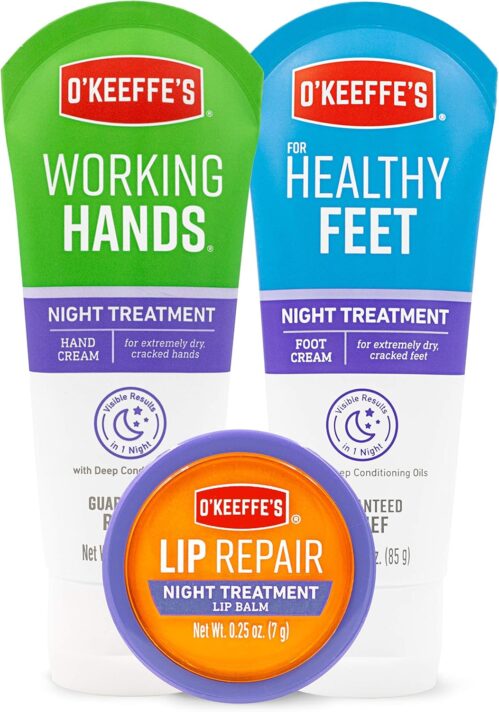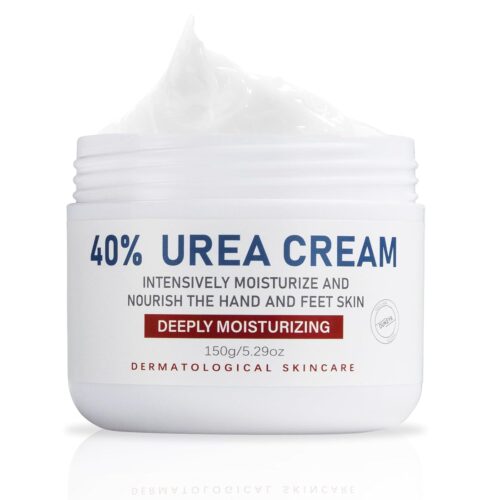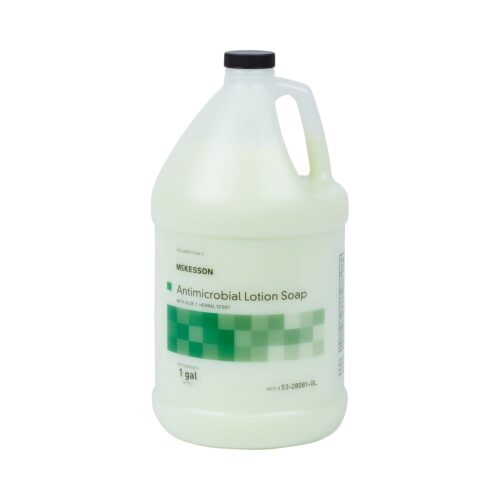

When it comes to your bath and body routine, incorporating SPF is a step often overlooked but essential for skin health. You might be surprised by the impact simple SPF application can have on your skin’s overall condition. From preventing premature aging to reducing the risk of skin cancer, the benefits are significant. By making SPF a consistent part of your routine, you’re not just protecting your skin; you’re investing in its long-term health and appearance.
Benefits of SPF in Skincare
Incorporating SPF into your skincare routine provides crucial protection against harmful UV rays, helping to prevent premature aging and skin damage. By using SPF daily, you shield your skin from the sun’s harmful effects, such as wrinkles, sunspots, and sagging skin. UV rays can penetrate deep into your skin, breaking down collagen and elastin, leading to visible signs of aging. SPF acts as a barrier, reducing the risk of these damages and keeping your skin looking youthful.
Furthermore, SPF helps prevent skin cancer by blocking the UV radiation that can cause mutations in skin cells. Regular use of SPF, even on cloudy days, is essential in maintaining healthy skin and minimizing the risk of developing skin cancer. Additionally, SPF aids in maintaining an even skin tone by protecting against hyperpigmentation caused by sun exposure. By incorporating SPF into your daily routine, you not only protect your skin from harm but also maintain its overall health and appearance.
Areas to Apply SPF
To ensure comprehensive protection, apply SPF generously to all exposed areas of skin before sun exposure. Start with your face, as it’s often the most exposed part of your body. Be sure to cover your forehead, cheeks, nose, and chin thoroughly.
Don’t forget your ears, as they’re commonly overlooked but are prone to sun damage. Move down to your neck and apply SPF in upward motions to prevent sagging skin. Your chest area is also crucial, especially if you’re wearing a low-cut top.
Remember to protect your shoulders, arms, and hands, as these areas are frequently exposed to the sun. When it comes to your lower body, apply SPF to your legs, focusing on the knees and feet.
Lastly, cover any other exposed areas like the back of your neck, and if you’re wearing sandals, don’t skip your feet. By diligently applying SPF to all these areas, you can ensure comprehensive protection against harmful UV rays.
SPF in Body Lotions
When it comes to incorporating SPF into your bath and body routine, one convenient option to consider is using body lotions that offer sun protection. Body lotions with SPF not only provide hydration but also help protect your skin from harmful UV rays that can cause damage and premature aging. These lotions are easy to apply and can be a time-saving solution for ensuring your skin is shielded from the sun’s rays throughout the day.
When choosing a body lotion with SPF, opt for a broad-spectrum formula that protects against both UVA and UVB rays. Look for a product with an SPF of 30 or higher for adequate protection. It’s essential to apply the lotion generously and reapply as needed, especially if you’ll be spending extended periods outdoors.
Incorporating an SPF body lotion into your daily routine can be a simple yet effective way to safeguard your skin from the sun’s harmful effects. Make it a habit to include this step in your skincare regimen to maintain healthy and protected skin year-round.
SPF Application Tips
For effective sun protection, ensure you apply SPF generously and reapply regularly, especially during prolonged sun exposure. When applying sunscreen, make sure to cover all exposed areas of your body, including often forgotten spots like ears, lips, back of the neck, and the tops of your feet. Don’t skimp on the amount – a good rule of thumb is to use about a shot glass worth of sunscreen for your entire body. Remember to apply sunscreen at least 15 minutes before heading outdoors to give it time to absorb into your skin.
Reapply sunscreen every two hours, or immediately after swimming or sweating, even if the sunscreen is labeled as water-resistant. If you’re using other skincare products like moisturizers or makeup with SPF, layering them over your sunscreen can dilute its effectiveness. Be mindful of the expiration date on your sunscreen, as expired products may not provide adequate protection. Lastly, don’t forget to protect your lips with an SPF lip balm to prevent sunburn and keep them moisturized.
Latest Favorites



